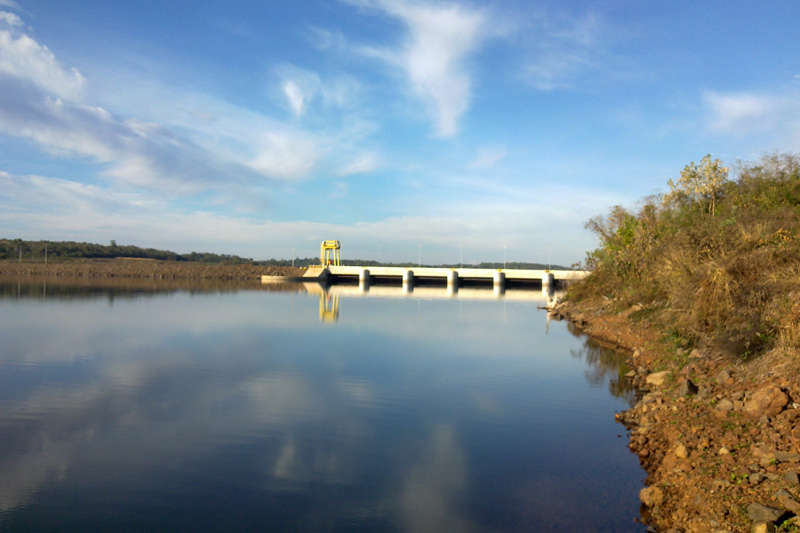(Recasts, adds analyst, state minister comments)
By Sonali Paul and Jamie Freed
MELBOURNE/SYDNEY, March 16 (Reuters) - The Australian government said on Thursday it may spend up to A$2 billion ($1.5 billion) to expand a huge hydro power scheme to help solve an energy crisis, although the main owners of the dam have yet to be consulted.
The idea was floated by Prime Minister Malcolm Turnbull, the latest in a flurry of announcements over the past week as the country looks to plug a gap in power and gas supplies that has already led to blackouts and outages across the eastern half of the country.
Australia is on track to become the world's largest exporter of liquified natural gas (LNG), yet its energy market operator has warned of a domestic gas crunch from 2019 that could trigger industry supply cuts and broad power outages. 2,000 megawatt expansion of the Snowy Hydro scheme could power the equivalent of 500,000 homes and meet demand in peak periods in the eastern states, Energy Minister Josh Frydenberg told the Australian Broadcasting Corp. on Thursday.
"The cost will run into the billions of dollars but the Prime Minister has made very clear that we will make all steps necessary to ensure energy security," Frydenberg said.
The plan so far is just for a feasibility study to be completed by the end of this year.
The announcement was made without consulting the biggest shareholders in Snowy Hydro, the state governments of Victoria and New South Wales, and scientists said it could damage the sensitive environment around Australia's highest mountain.
"There's no detail. We have the Prime Minister who's come out and made some pronouncement witout actually thinking through how much it's going to cost, what does that mean for consumers, when it'll actually be able to be delivered," Victoria's energy minister, Lily D'Ambrosio, said on local radio, adding that she heard about the plan on the morning news.
New South Wales energy minister Don Harwin said he looked forward to seeing the result of the feasibility study
Industry experts said boosting hydropower storage would be an important long-term addition to power capacity, but would not meet immediate needs for more supply.
"The thing to stress is you need to plug a gap between now and the next five years," said Gero Farruggio, managing director of Sustainable Energy Research Analytics.
He said the government could boost energy storage within a year for the same A$2 billion by subsidising installation of batteries in just a quarter of the Australian homes that have rooftop solar.
Victoria and neighbouring South Australia, which relies on wind and solar for 40 percent of its power, are seen at risk of blackouts next summer due to the closure of a 1,600 MW coal-fired power station this month.
South Australia suffered a state-wide blackout last September, which paralysed some industries for up to two weeks.
($1 = 1.2982 Australian dollars)
